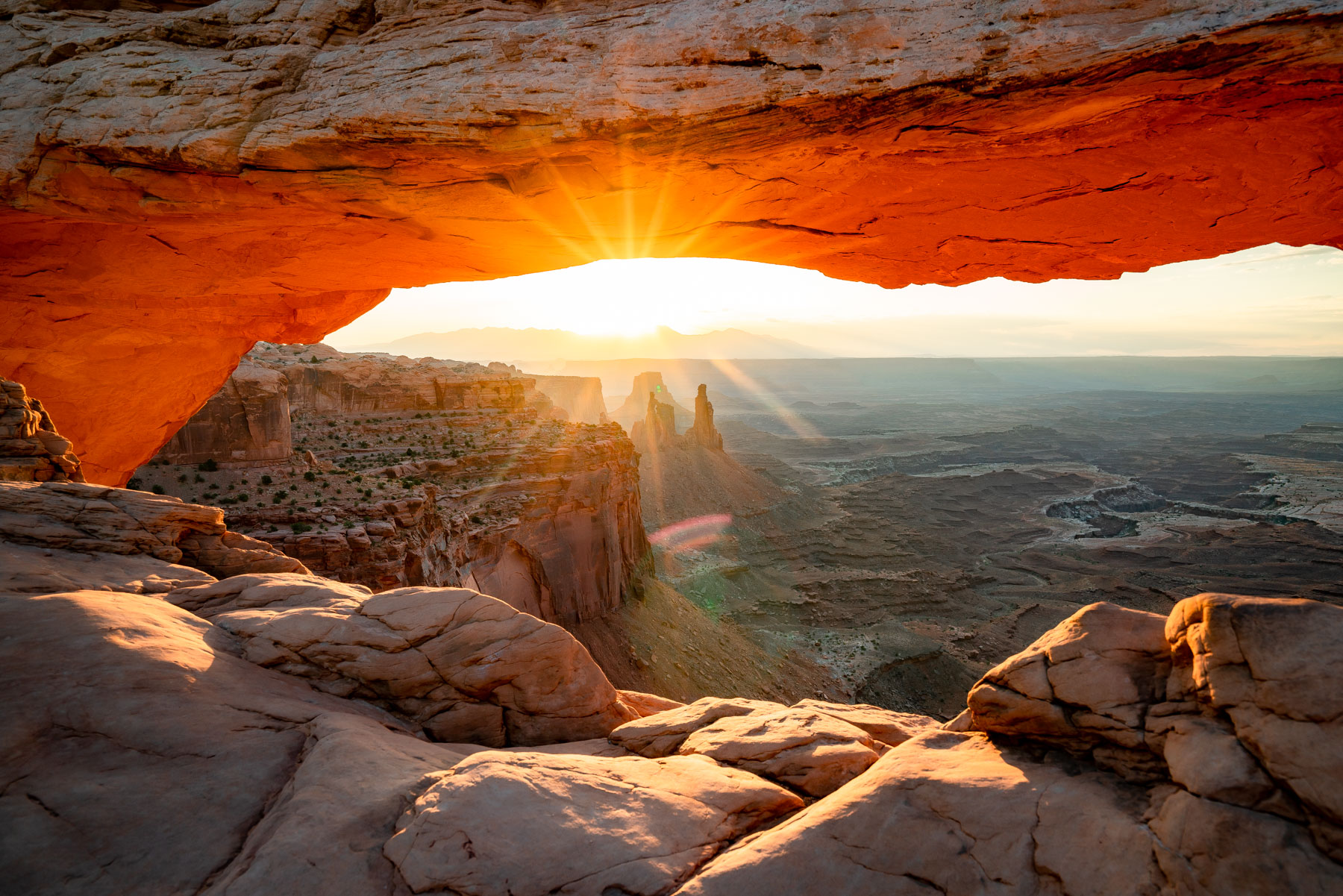
Article Summary: Canyonlands National Park Facts
Canyonlands National Park Facts! In this article, we provide you with 14 amazing facts about one of America’s most magnificent national parks.
More Than Just Parks is your one-stop-shop when it comes to learning everything you’ll need to know about America’s national parks. We’ve got expert guides, beautiful photos, helpful tips, breathtaking films and so much more.
I’ve been to so many of these amazing places since retiring from teaching in 2018. Did I mention that I taught history? I spent a lifetime teaching about the history behind some of these natural wonders. Then I got to see them firsthand.
And now I’m sharing some of the incredible stories about these beautiful places with you. It doesn’t get any better than that!
More Than Just Parks takes a deeper dive with its national park facts. We’ve done our homework so that you’ll get more than you bargained for.
To get you excited about planning your next visit, in this article we’re covering 14 fascinating facts about Canyonlands National Park.
Without further ado, let’s dive in.
Table Of Contents: Canyonlands National Park Facts
Canyonlands National Park Facts
- Facts About Canyonlands National Park
- Canyonlands National Park Facts
- Top 5 Canyonlands National Park Facts
- Top 10 Canyonlands National Park Facts
- 6. At Canyonlands National Park, You Will Find Some Of The Most Significant Rock Art In America
- 7. Canyonlands Features Some Incredible Archaeological Sites
- 8. The Park Has Served As An Outdoor Laboratory For A Variety Of Scientists
- 9. John Wesley Powell Led The First Known Successful Rafting Expedition In Wood Boats In 1869
- 10. 127 Hours Was Filmed In Canyonlands National Park
- Top 14 Canyonlands National Park Facts
- Meet The Parks Brothers
- Map Of Canyonlands National Park
- We Hope You’ll Follow Our Journey
Facts About Canyonlands National Park
Basic Facts About Canyonlands National Park
Canyonlands National Park is a national park located in the state of Utah. The park covers an area of 337,598 acres and is known for its stunning views, deep canyons, and unique geological formations.
It’s home to a number of unique geological features, including the Island in the Sky, which is a mesa that offers panoramic views of the surrounding area, and the Needles, which is a series of spires and towers that rise up from the ground. The park is also home to a variety of plant and animal life, including pinyon pine trees, juniper trees, and mule deer.
In addition to its natural beauty, Canyonlands National Park offers a range of recreational activities, including hiking, rock climbing, and photography. The park also offers guided tours and ranger-led programs, which provide visitors with the opportunity to learn more about the park’s natural and cultural history.
Canyonlands National Park is a popular destination for visitors, with millions of people visiting each year to enjoy its natural beauty and recreational opportunities.

Here Are Some Basic Facts About Canyonlands
- Location: Utah
- Acreage: 257,640 acres
- Visitation: 733,996 visitors in 2019
- Highest Elevation: 7,120 feet in the Needles District
- Lowest Elevation: 3,700 feet in the Big Drop Rapids section in Cataract Canyon on the Colorado River
- When Did It Become A National Park? On September 12, 1964 President Lyndon B. Johnson signed Public Law 88-590 establishing Canyonlands National Park.
CHECK OUT: 14 MIGHTY Utah National Parks & Monuments To Visit
Canyonlands National Park Facts
Top 5 Canyonlands National Park Facts
1. Canyonlands Has Been Home To People For Over 10,000 Years
When you consider origin stories, one of the most interesting Canyonlands National Parks Facts is that Canyonlands has been home to people for over 10,000 years.
Traditions and ways of life developed and changed as cultures interacted with each other and the landscape.
Over the centuries, people have moved and migrated.

Included among these indigenous groups are the following:
- Native Americans: Nomadic groups of hunter-gatherers roamed throughout the southwest from 8,000 BCE to 500 BCE (Before Common Era). Ancestral Puebloans thrived: farming and living in what is now Canyonlands.
- Europeans: This route was the basis for the “Old Spanish Trail,” which remains a well-travelled route to this day.
- Miners & Rangers: From the 1880s to 1975, local ranchers used much of Canyonlands for winter pasture. Cowboys searched the canyons for good feed and water. (Source: NPS)
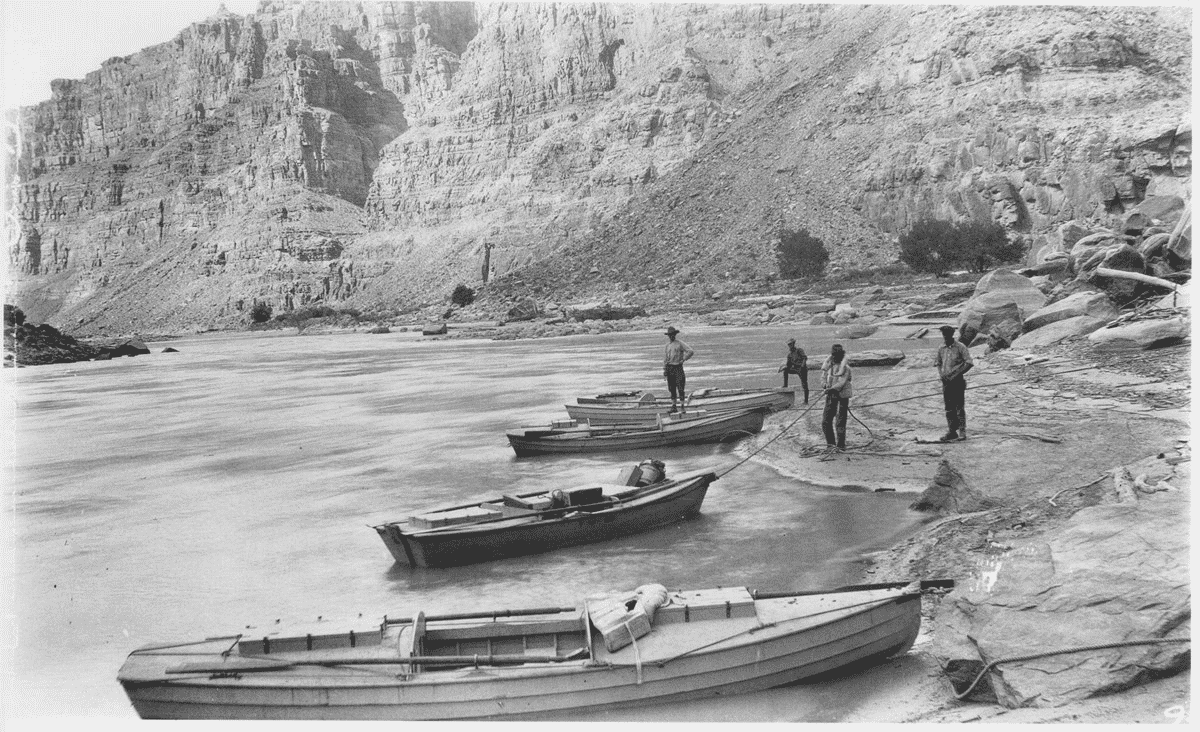
2. Arches Superintendent Became An Advocate For Canyonlands National Park
The man who played an integral part in the creation of Canyonlands National Park was actually the superintendent of a different park. And that’s another one of the intriguing Canyonlands National Park Facts.
According to the National Park Service, the 1930s saw a rise in varied interests for the region. The United States Geological Survey and National Park Service both conducted surveys of the area.
Early proposals for a national monument were heavily criticized. Throughout the 1940s and 50s, more plans for recreation areas were proposed, but they never materialized.
Enter Arches National Monument Superintendent Bates Wilson. He became involved in the discussions in the 1950s and 1960s when Wilson became an advocate for a new national park encompassing the view from Grand View Point at Island in the Sky.
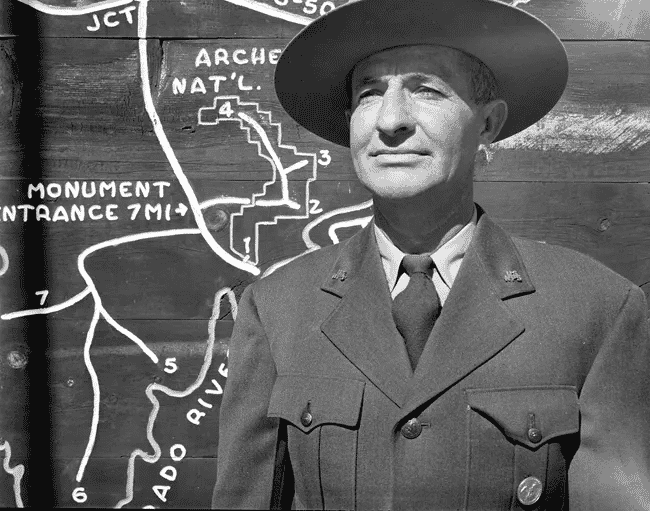
Wilson led government officials on jeep tours featuring lengthy talks over campfires and campfire dinners. One of the people whom he persuaded was then Secretary of the Interior Stuart Udall.
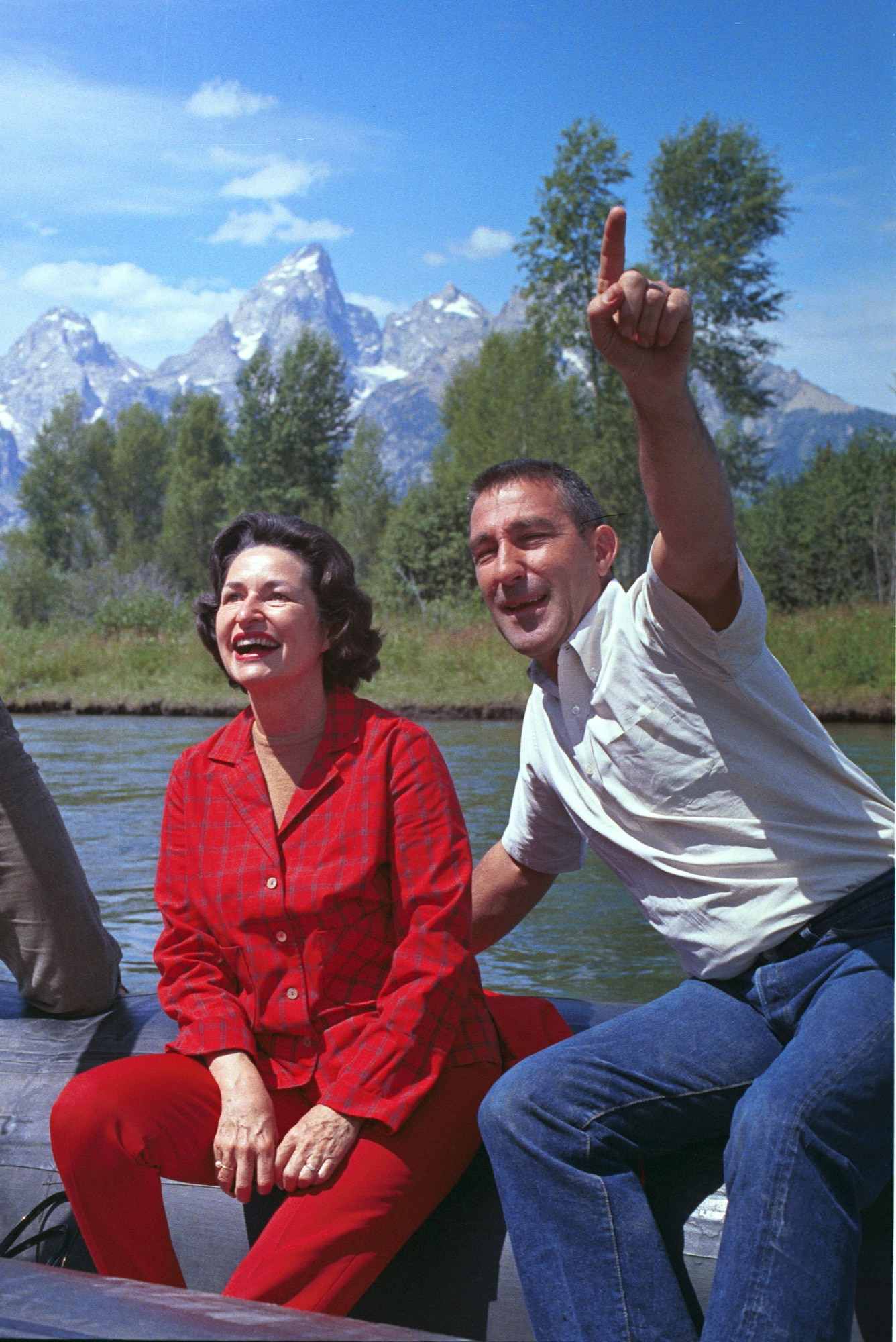
Udall then lobbied for the creation of Canyonlands National Park which became a reality on September 12, 1964, when President Lyndon B. Johnson signed Public-Law 88-590 establishing 257,640 acres as Canyonlands National Park.
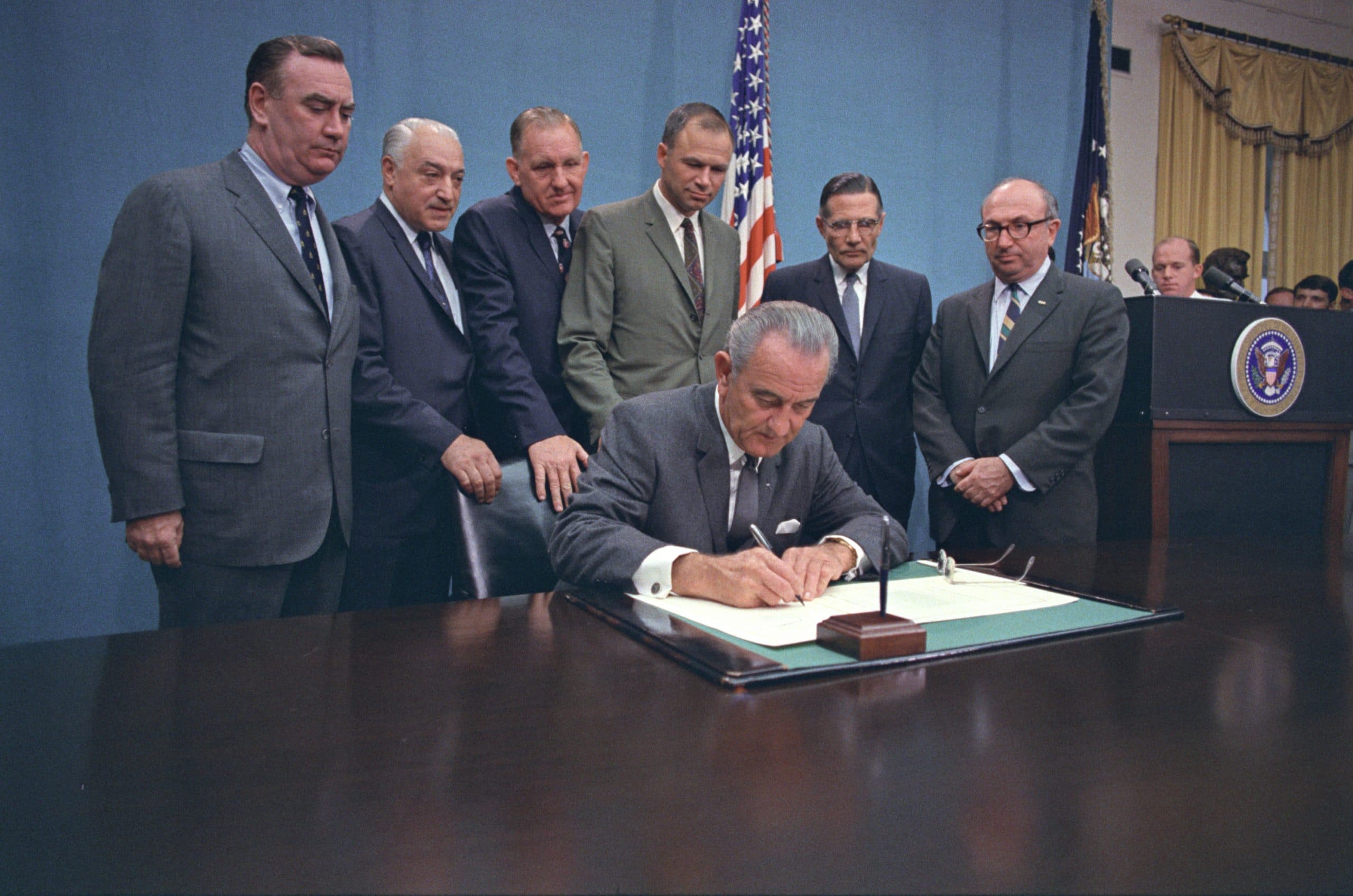
While Congress went on to expand the park in 1971, much of the original land envisioned by Wilson never became a part of the park’s acreage.

CHECK OUT: A Brief (& Informative) History Of America’s National Park Rangers
3. Canyonlands Contains A Wide Variety Of Plant Life
Canyonlands National Park contains a wide variety of plant life.
This includes: 11 cactus species, 20 moss species, liverworts, grasses and wildflowers.
In the moister areas visitors can find cottonwoods, tamarisks, and willows along the riverbanks.
AS the National Park Service notes, visitors will encounter a variety of plant species from tiny lichens clinging to sandstone to stately cottonwoods growing in canyon bottoms.
Wildflowers bloom in spring, cacti appear among knobby biological soil crust, and bunch grasses grow throughout the open country.
As someone who loves to watch the flowers bloom, the wide variety of plants to be found at this park is one of my favorite Canyonlands National Park Facts.

4. Butch Cassidy & His Wild Bunch Had A Hideout In Canyonlands
Just when you thought we couldn’t come up with any more unbelievable Death Valley National Park Facts we’ve come up with another one. One of my favorite periods of American History was the Old West of the 19th Century.
If you find that period fascinating, too, then you’ll be thrilled to learn that Canyonlands is connected to one of the most notorious outlaw gangs of this period.
“Robbers Roost” was the nickname given to the canyon and surrounding area in southern Utah where the infamous outlaw Butch Cassidy and his “Wild Bunch Gang” would often meet up and hide out after one of their big heists.
The Wild Bunch would often spend up to a month or more living within these canyons and hills that most lawmen didn’t know how to navigate.
Robbers Roost was kept very secretive, with only a very select number of visitors ever being brought to the hideout—mostly just women who were romantically involved with the outlaws.
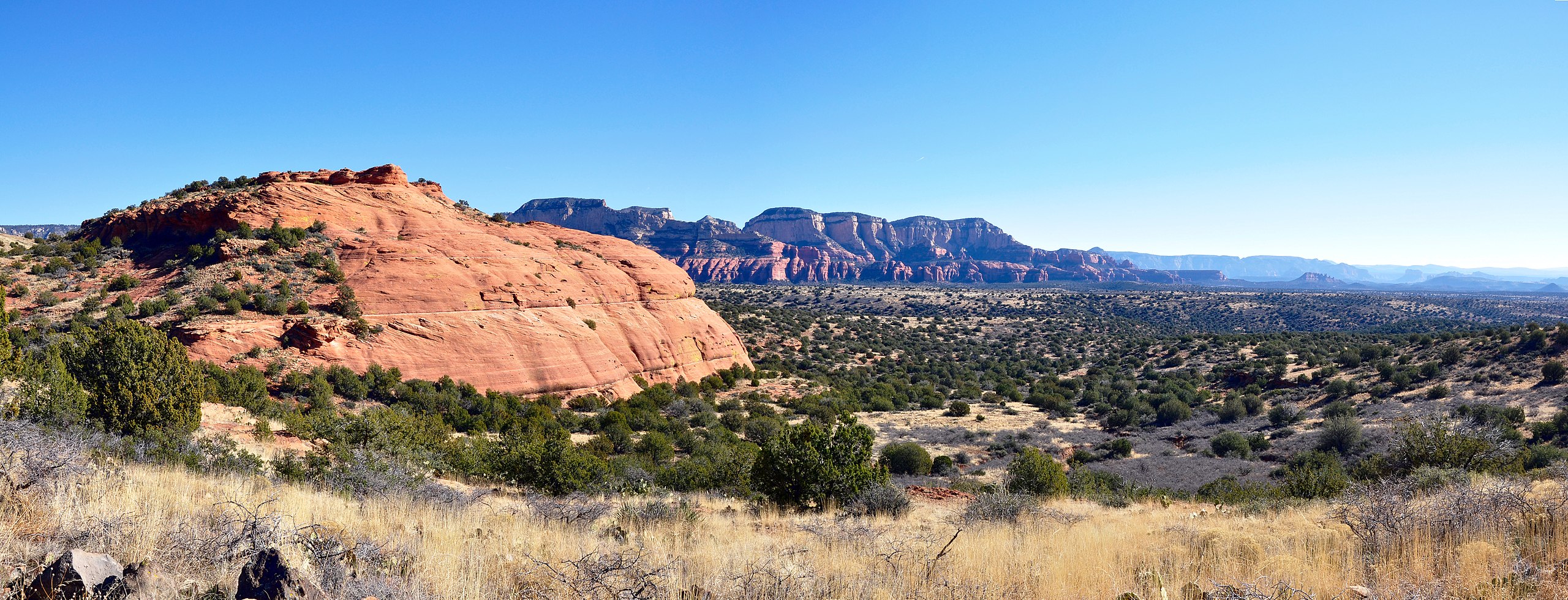
Butch Cassidy
Butch Cassidy (a.k.a. Robert Leroy Parker) worked in ranches across western Utah, including at Hay Springs, near Milford. On one of these early jobs Roy had his first run-in with the law – he let himself into a closed shop, took a pair of jeans, and left a note promising to return later to pay his debt.
The first major crime attributed to Cassidy is the robbery of the San Miguel Valley Bank in Telluride, on June 24, 1889. He and three cowboys got away with $20,000 by thoroughly casing the joint first. After Telluride, Butch’s notoriety as an outlaw grew.
Cassidy and his gang established what would become their greatest hideout, the Hole-In-The-Wall, in central Wyoming. As their fame grew, Butch Cassidy and his Wild Bunch had a small army of law officers hunting them wherever they went.
Cassidy and Harry Longabaugh (a.k.a. the Sundance Kid) then fled to South America where they went back to robbing trains and payrolls up until their supposed deaths in 1908.
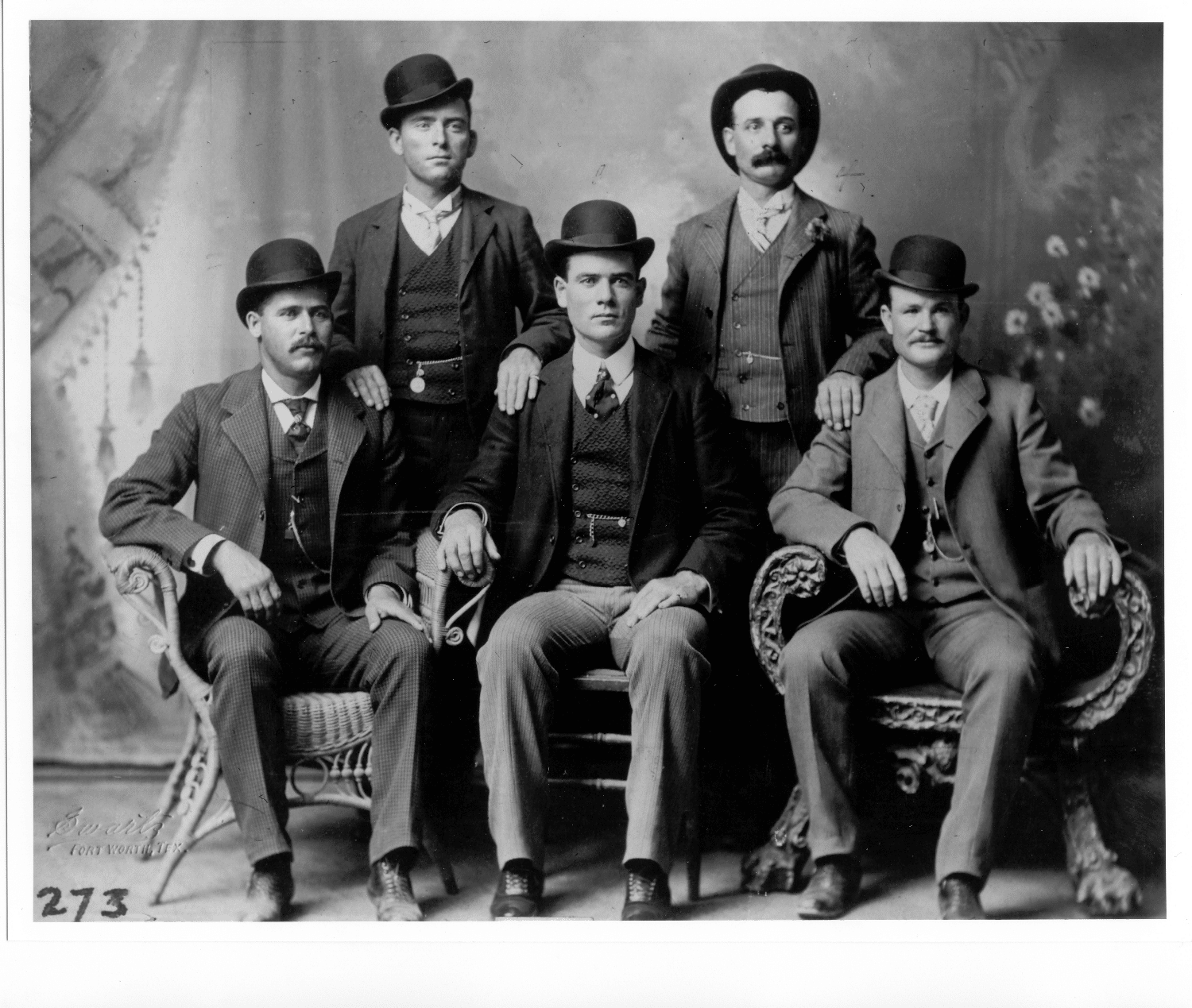
Robbers Roost Trail
You don’t have to be an outlaw to visit the Robbers Roost today. As a matter of fact, it’s a popular for taking ATVs or other 4WD vehicles back into the heart of Robbers Roost.
Along the trail are some points of interest such as the Butch Cassidy Cabin and a camping area.
CHECK OUT: 11 AMAZING Facts About Arches National Park
5. Canyonlands Is A Dark Sky Park
One of the true joys (and there are many) of visiting the national parks is that they preserve some of the darkest skies in the country.
Canyonlands National Park is considered one of these “dark sky parks,” where it’s possible to see up to 15,000 stars throughout the night.
As a matter of fact, night skies at Canyonlands are so pristine that the International Dark Sky Association designated Canyonlands as a Gold-Tier International Dark Sky Park in 2015.
Now, if you live in a city, you’re likely to see fewer than 500 stars at night. So, why not travel to Canyonlands where the stars truly come out at night.

Now Here’s Another Interesting Fact
The National Park Service created the Night Sky Team to find the darkest national parks and document the effects of light pollution on nocturnal animals, humans and plants.
The team also works on protecting and restoring dark places in the parks to preserve the ability for visitors to connect with the night sky, and contemplate their place within the universe.
This effort is one of the many ways Canyonlands National Park is working to preserve the natural environment for visitors to enjoy.
Top 10 Canyonlands National Park Facts
6. At Canyonlands National Park, You Will Find Some Of The Most Significant Rock Art In America
Did you know that there’s a place at Canyonlands where you will find some of the most significant rock art in America?
According to the National Park Service, Horseshoe Canyon contains some of the most significant rock art in North America.
The Great Gallery, the best known panel in Horseshoe Canyon, includes well-preserved, life-sized figures with intricate designs.
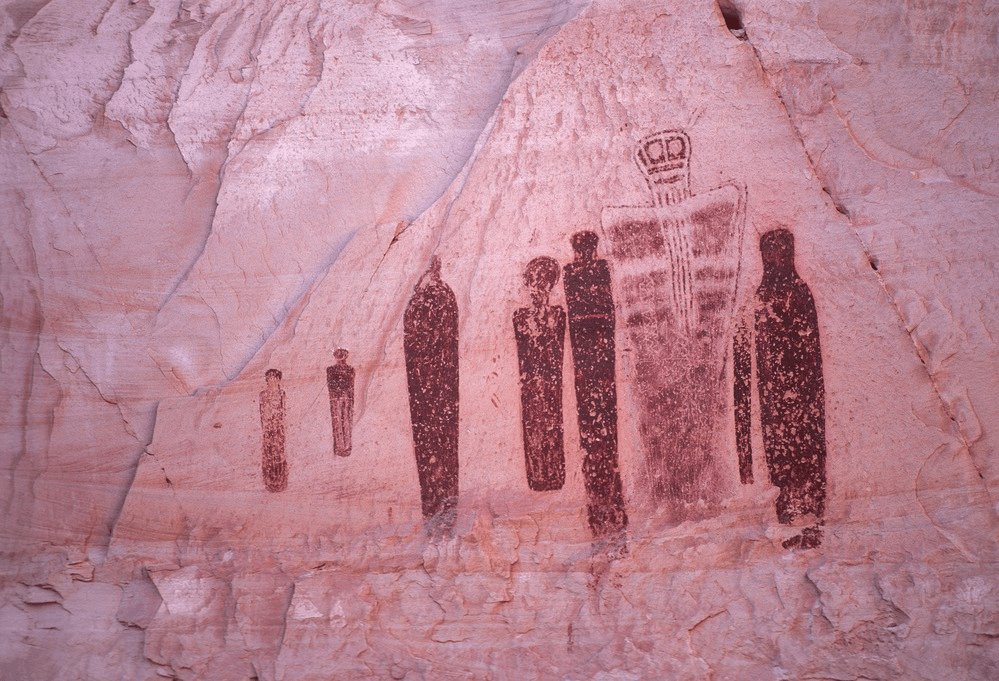
Other impressive sights include spring wildflowers, sheer sandstone walls and mature cottonwood groves along the intermittent stream in the canyon bottom.
Horseshoe Canyon was added to Canyonlands National Park in 1971.
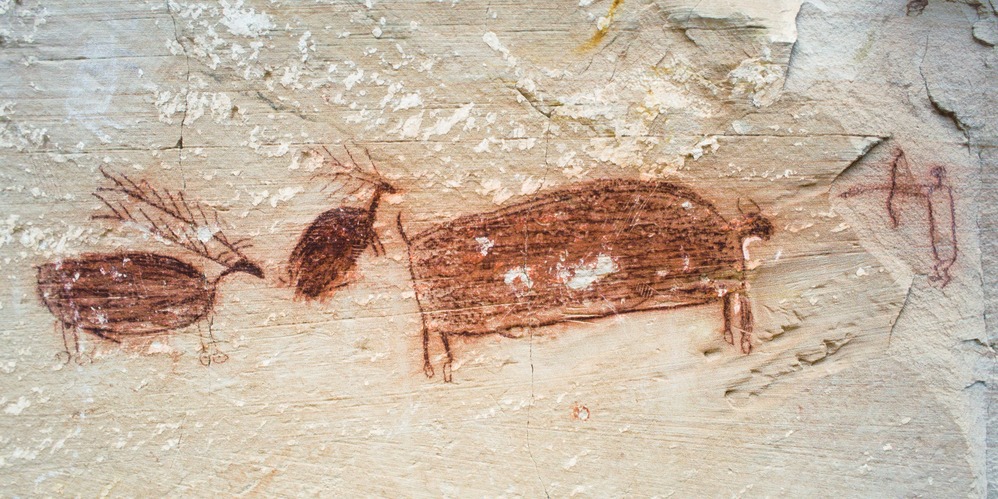
7. Canyonlands Features Some Incredible Archaeological Sites
Another of the extraordinary Canyonlands National Park Facts is that Canyonlands features some incredible archaeological sites.
Most of the park’s archaeological sites are in the Needles District.
These sites include: the well-preserved cliff dwelling called Tower Ruin, high on a cliff ledge in Horse Canyon, and an easy-to-reach ancient granary, near the Needles Visitor Center, that is accessible on the short self-guided Roadside Ruin Trail.
Another impressive site is the Fort Bottom Ruin. It’s an ancient stone structure overlooking the Green River, built by Indigenous inhabitants of the Canyonlands area centuries ago.
It’s a 3.4 mile hike along an exposed trail which crosses a narrow mesa to a high point in a bend of the Green River. A tower structure marks the historic home of ancestral Puebloan people.
REMEMBER: Entering, touching, or climbing on archeological sites is strictly prohibited.
Please view these structures from a distance to protect their fragile walls.
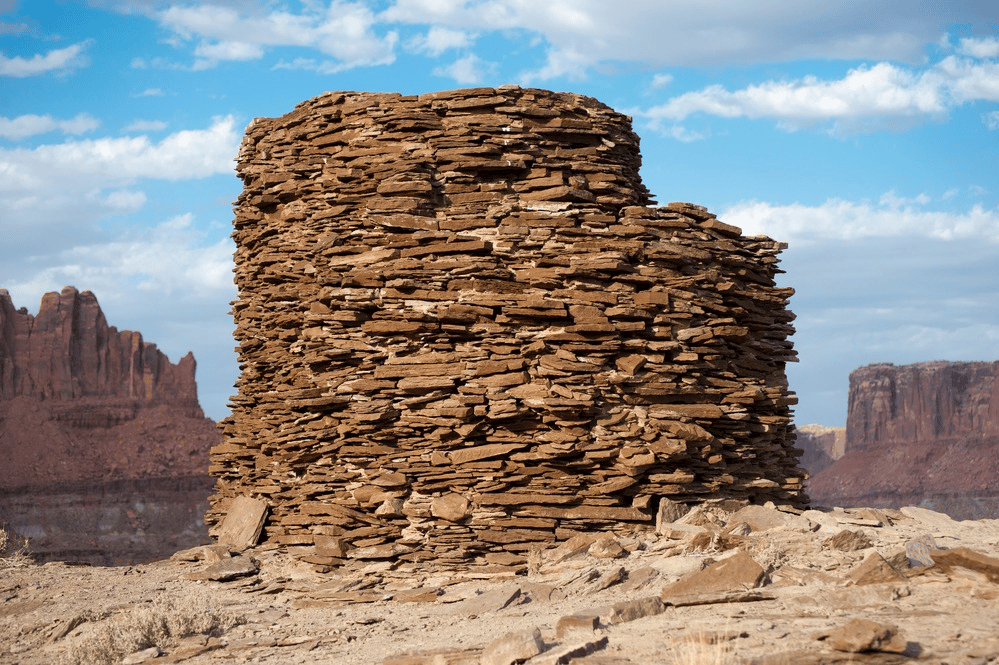
8. The Park Has Served As An Outdoor Laboratory For A Variety Of Scientists
Canyonlands National Park is a popular destination for scientists due to its diverse and unique geologic features and soils. Research in the park has focused on understanding the geology and geomorphology of the area, as well as the role of biological soil crusts in maintaining the desert ecosystem.
Scientists have been studying these issues since the 1970s, and the research conducted in the park may have important implications for understanding and managing soils in deserts worldwide.
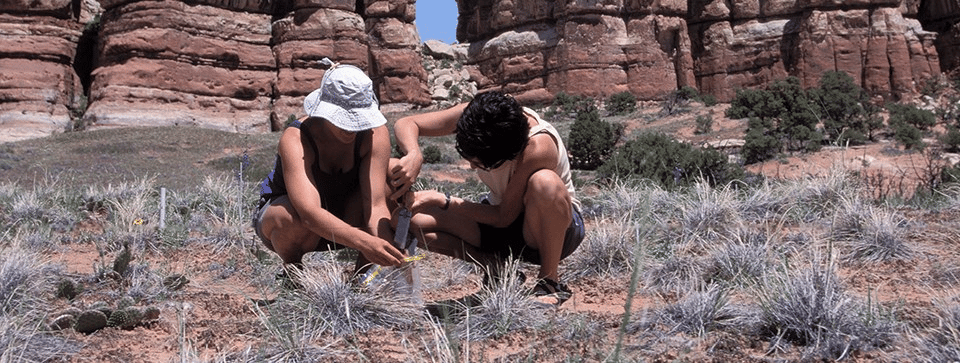
9. John Wesley Powell Led The First Known Successful Rafting Expedition In Wood Boats In 1869
John Wesley Powell was an American explorer, geologist, and naturalist who is best known for leading the first successful expedition through the Grand Canyon and down the Colorado River in 1869.
He led a team of nine men in wooden boats on a journey that lasted three months and covered over 1,000 miles, starting in Wyoming and ending in Arizona.
This expedition, officially called the Powell Geographic Expedition, was a significant achievement in the history of American exploration and helped to map and study the geology and natural history of the region.
But the heart of it went through Utah and its jaw-dropping wilderness — through what would become Flaming Gorge National Recreation Area, Dinosaur National Monument, Canyonlands National Park and Lake Powell.
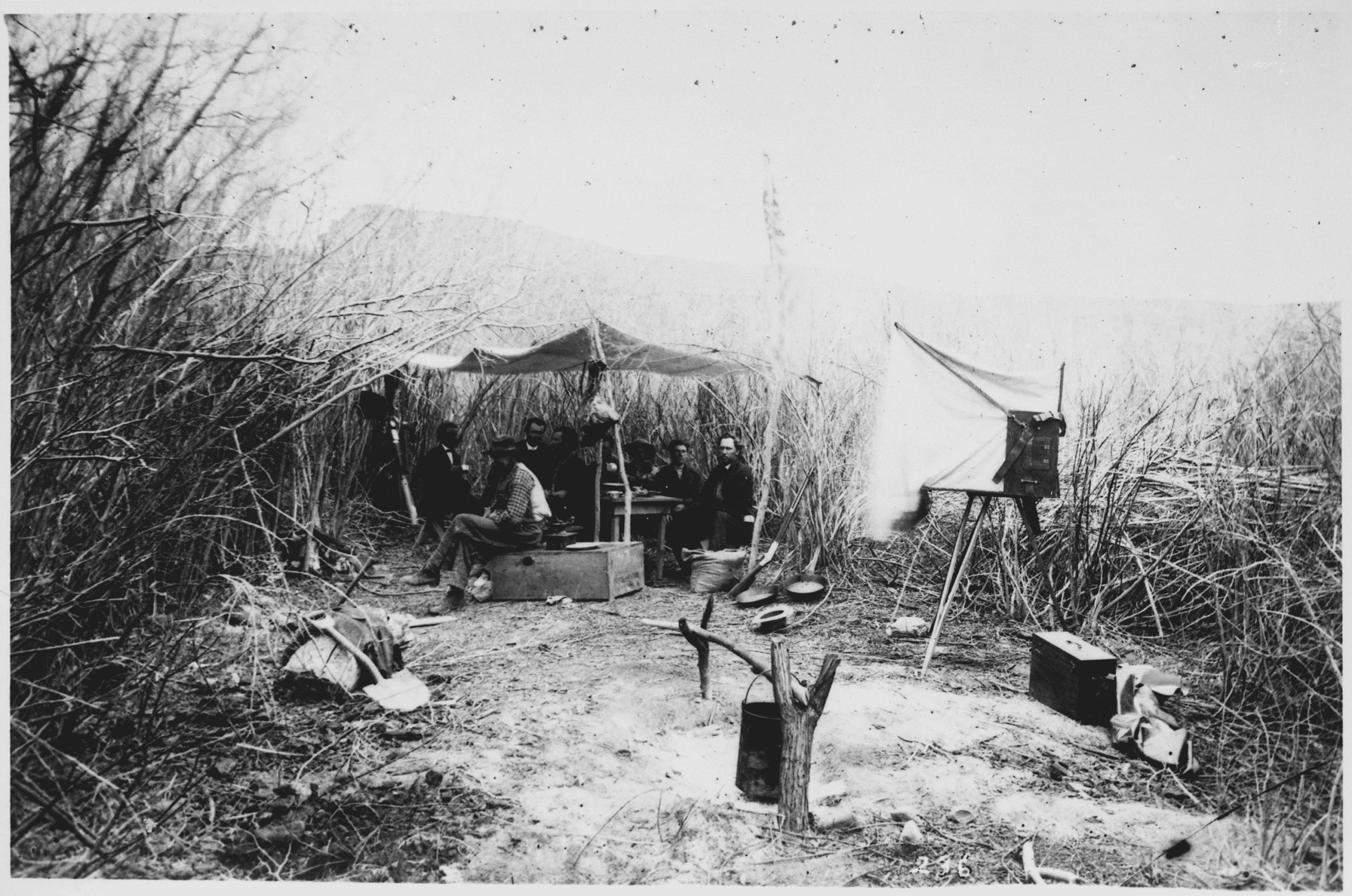
John Wesley Powell
John Wesley Powell remains one of the most legendary characters to pass through the pages of history.
Powell was an adventurer from a very early age. At 21, he walked across the state of Wisconsin. The next year, he rowed the entire Mississippi River. Later he made trips down the Ohio and Illinois Rivers.
Even before his historic, early whitewater run through the entire Grand Canyon, Powell had already led a full life.
During the Civil War, he commanded a Union artillery regiment and lost his right arm after being wounded in the Battle of Shiloh.

CHECK OUT: 16+ FASCINATING Grand Canyon Facts
10. 127 Hours Was Filmed In Canyonlands National Park
If you’re looking for one of the truly remarkable Canyonlands National Park Facts then consider 127 Hours. It’s the incredible true story of Aron Ralston.
While exploring a remote canyon in Utah, mountaineer and adventurer Aron Ralston (portrayed by James Franco in the film) becomes trapped when a boulder falls on his arm.
Over the next five days, Ralston examines his life and considers his options, leading him to an agonizing choice: to amputate his arm so that he can extricate himself and try to make his way back to civilization or remain pinned to the canyon wall and likely die.
The film is based on Ralston’s book, Between a Rock and a Hard Place.
Bluejohn Canyon was the main filming location for this riveting story. It’s an extremely steep-sided slot canyon in Wayne County, Utah.
Bluejohn Canyon is located southwest of the Horseshoe Canyon Unit of Canyonlands National Park.

Top 14 Canyonlands National Park Facts
11. Mesa Arch Is The Most Famous Arch At Canyonlands
When it comes to iconic landmark to frame your visit, then consider another one of our Canyonlands National Park Fact. It’s the story of one of the most photographed arches in Utah – Mesa Arch.
Perched at the edge of the mesa top, this 27-foot-long (8.3 m) arch frames views of the canyon far below and the La Sal Mountains in the distance.
This location is especially popular at sunrise, when groups of photographers often lay in wait for the glow of sunrise on the bottom of the arch.

12. Canyonlands Has A Diversity Of Wildlife
As someone who loves to see wildlife, one of my favorite Canyonlands National Parks Facts is that Canyonlands has quite a diversity of wildlife to see.
Mammals that roam this park include: badgers, bats, black bears, bobcats, coyotes, desert bighorn sheep, elk, kangaroo rats, mule deer, pronghorns and skunks.
At least 273 species of birds inhabit the park including several special of eagles, hawks and owls.
Several reptiles can be found, including eleven species of lizards and eight species of snake.
The park is home to six confirmed amphibian species, including the red-spotted toad and tiger salamander.
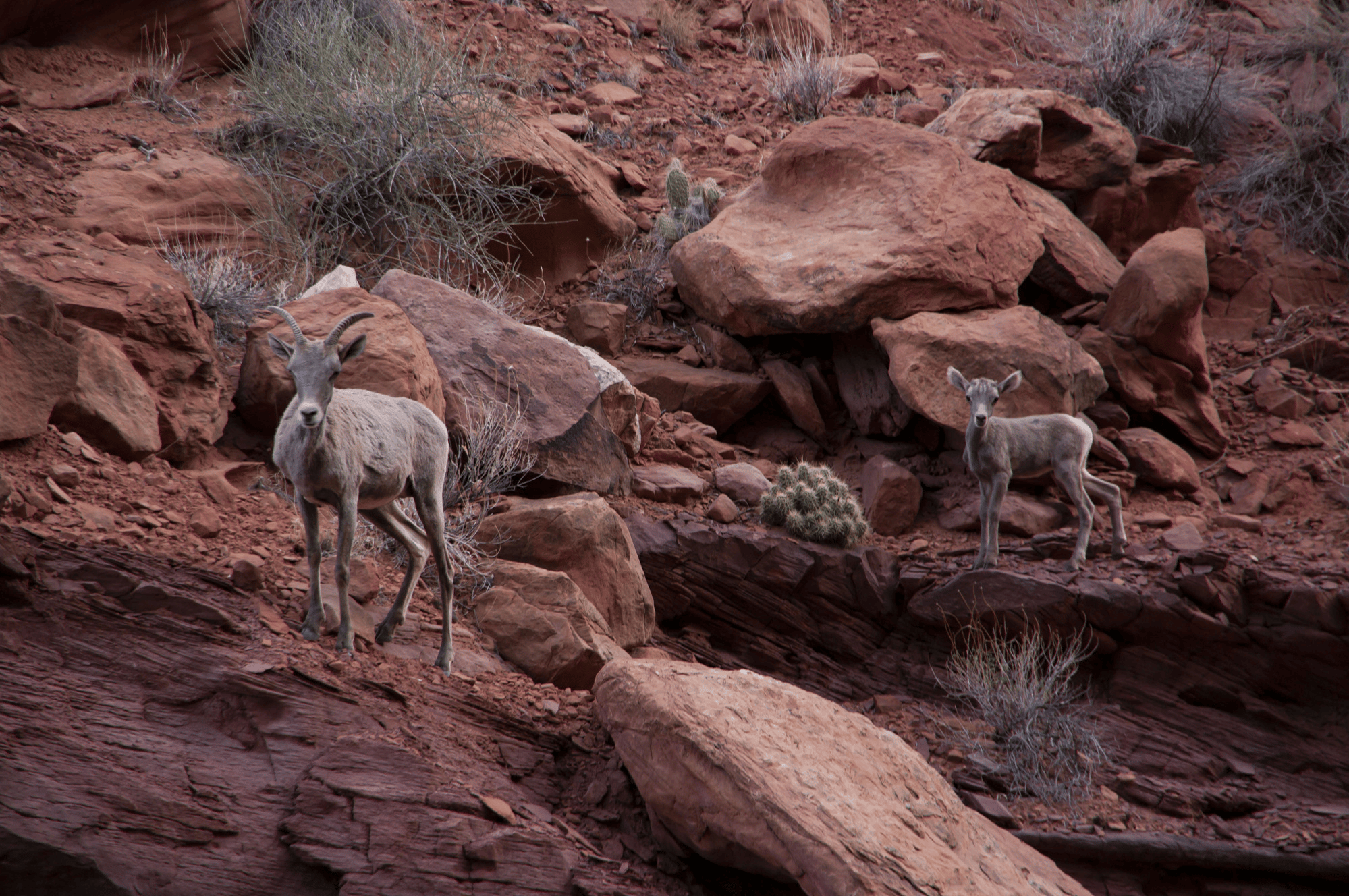
13. The Park Contains Some Of The Most Remote Land In The United States
Another of the extraordinary Canyonlands National Park Facts is that Canyonlands contains some of the most remote land remaining in the continental United States.
It is divided into three districts.
While paved roads provide limited access to the Island in the Sky and Needles Districts, the Maze District is remote in the extreme. Special preparation is required for a visit.
Island in the Sky is a large and level mesa. Access to it is provided by a narrow section of rock known as the Neck.
There is actually a fourth district in Canyonlands, a detached area known as Horseshoe Canyon. As referenced earlier, this area is best known for its impressive Native American rock art.

14. Canyonlands Is Famous For Its Mountain Biking Terrain
Just when you thought we couldn’t come up with any more unbelievable Death Valley National Park Facts we’ve come up with another one. Canyonlands is famous for its mountain biking terrain, particularly for the 100-mile White Rim Road at Island in the Sky.
The 100-mile White Rim Road loops around and below the Island in the Sky mesa top and provides expansive views of the surrounding area.

Why Trust Us About Canyonlands National Park?
We’re Jim Pattiz and Will Pattiz, collectively known as the Pattiz Brothers (and sometimes the Parks Brothers) and we absolutely LOVE the national parks.
You should probably know that we don’t just make this stuff up out of thin air. We’ve spent our entire adult lives exploring and filming America’s national parks and public lands.
We’ve worked with the National Park Service, the Department of Interior, USDA, and the U.S. Forest Service for years creating films on important places and issues. Our work has been featured in leading publications all over the world and even some people outside of our immediate family call us experts on the national parks.

Meet The Parks Brothers
Map Of Canyonlands National Park
List Of 14 Canyonlands National Park Facts
- Canyonlands Has Been Home To People For Over 10,000 Years
- Arches Superintendent Became An Advocate For Canyonlands National Park
- Canyonlands Contains A Wide Variety Of Plant Life
- Butch Cassidy & His Wild Bunch Had A Hideout In Canyonlands
- Canyonlands Is A Dark Sky Park
- At Canyonlands National Park, You Will Find Some Of The Most Significant Rock Art In America
- Canyonlands Features Some Incredible Archaeological Sites
- The Park Has Served As An Outdoor Laboratory For A Variety Of Scientists
- John Wesley Powell Led The First Known Successful Rafting Expedition In Wood Boats In 1869
- 127 Hours Was Filmed In Canyonlands National Park
- Mesa Arch Is The Most Famous Arch At Canyonlands
- Canyonlands Has A Diversity Of Wildlife
- The Park Contains Some Of The Most Remote Land In The United States
- Canyonlands Is Famous For Its Mountain Biking Terrain
We Hope You’ll Follow Our Journey
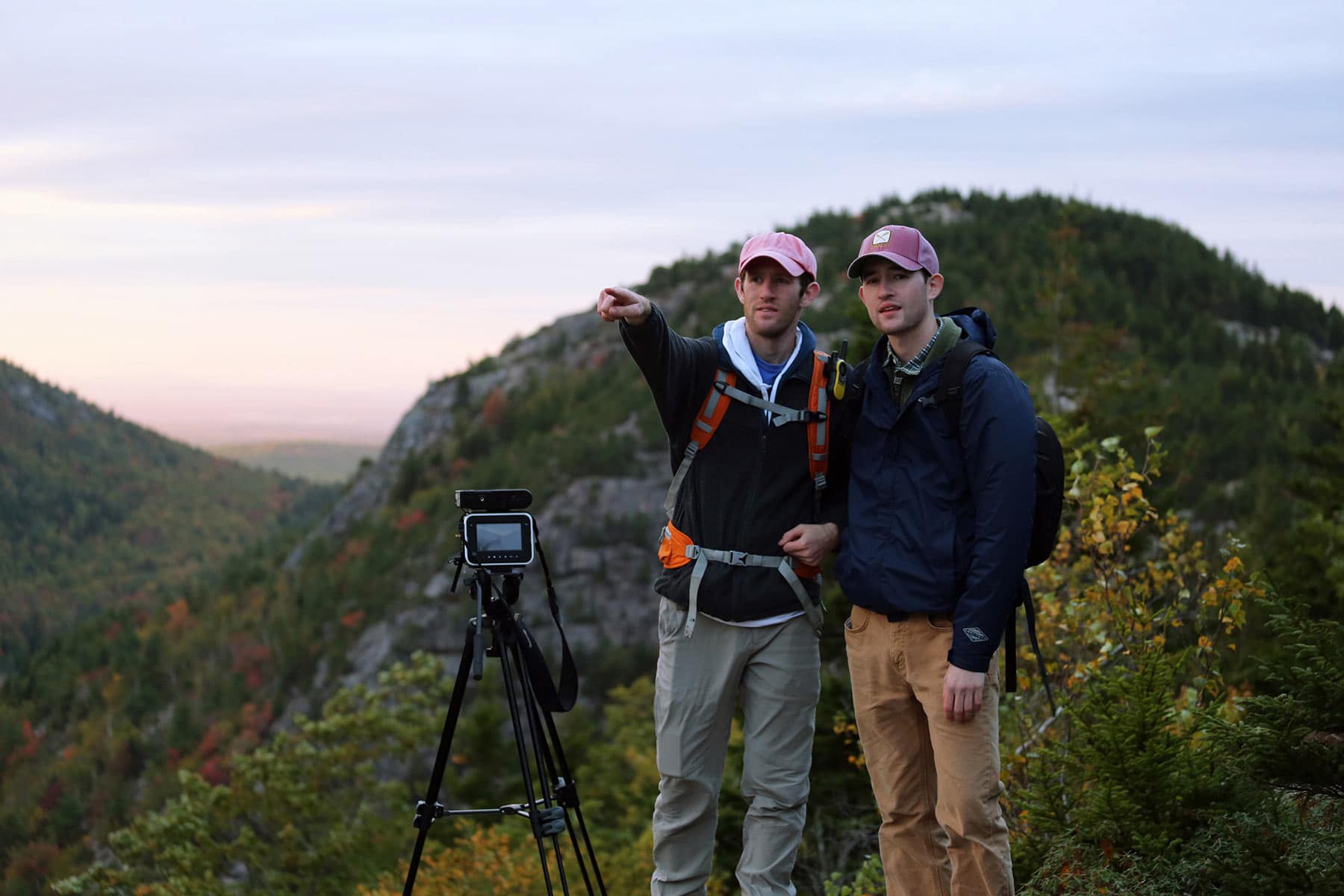
Our goal here at More Than Just Parks is to share the beauty of America’s national parks and public lands through stunning short films in an effort to get Americans and the world to see the true value in land conservation.
We hope you’ll follow our journey through the parks and help us to keep them the incredible places that they are. If you’re interested joining the adventure, sign up below!
Helpful Related Articles
Things to Do Canyonlands: 20 Epic Things to Do in Canyonlands National Park
Road Trip Essentials: 35+ ROAD TRIP ESSENTIALS (You’ll Love + Packing List)
Things to Do Capitol Reef: 15 Best Things to Do in Capitol Reef National Park
Road Trip Planning Tools: 15 BEST FREE ROAD TRIP PLANNING Tools (& Apps) 2022
Zion National Park Guide: Ultimate Guide to Zion National Park
Things to Do Bryce Canyon: 20 Epic Things to Do in Bryce Canyon National Park
Things to Do in Zion: 18 EPIC Things to Do in Zion National Park
Best Hikes in Zion: 16 EPIC Hikes in Zion National Park
Things to Do in Arches: 16 EPIC Things to Do in Arches National Park
Utah’s Manti-La Sal National Forest: Manti-La Sal National Forest: The Forest As Beautiful as Utah’s Parks
Utah National Parks Guide: 5 MIGHTY Utah National Parks Guide
Utah National Parks Road Trips: 5 Best Utah National Park Road Trips
National Parks Rankings: ALL 63 US National Parks Ranked By Experts
Most Visited National Parks: Top 10 Most Visited National Parks
Least Visited National Parks: Top 10 Least Visited National Parks
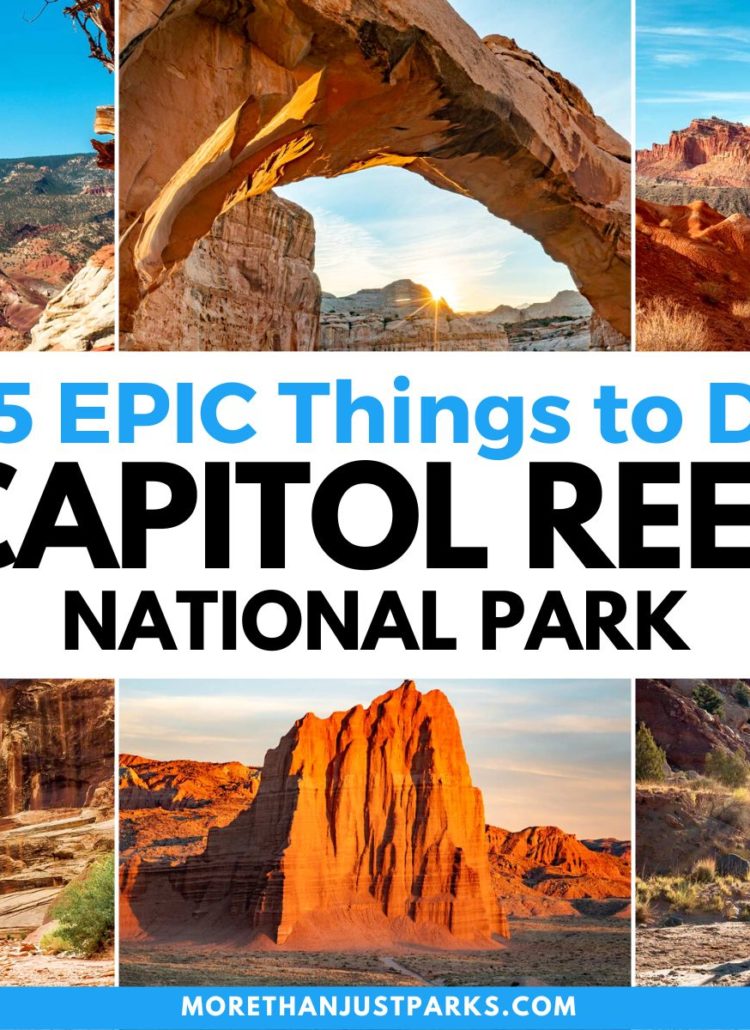
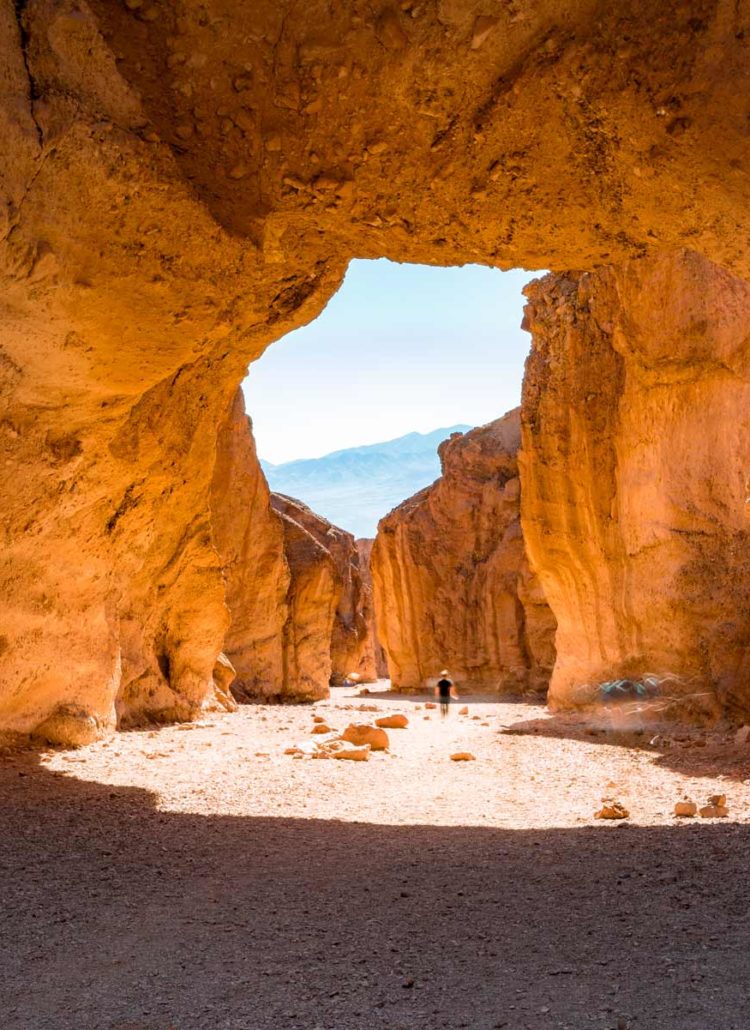
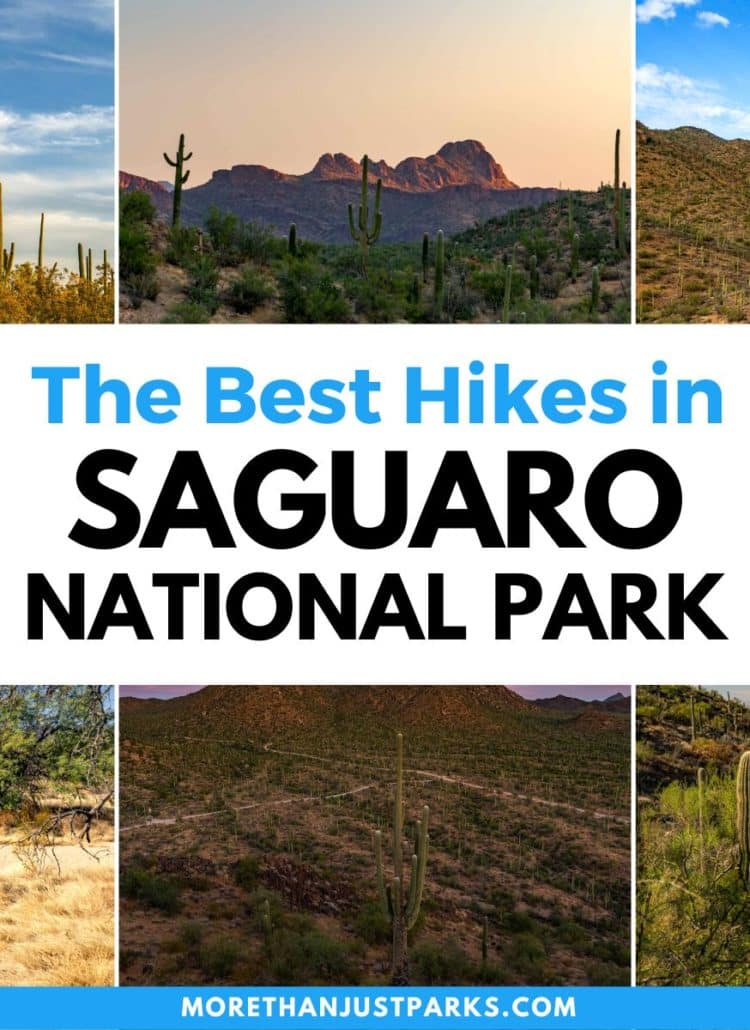
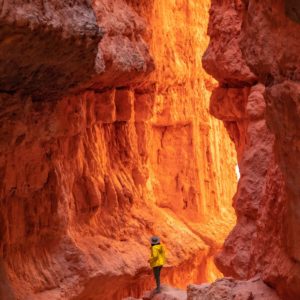

Leave a Reply